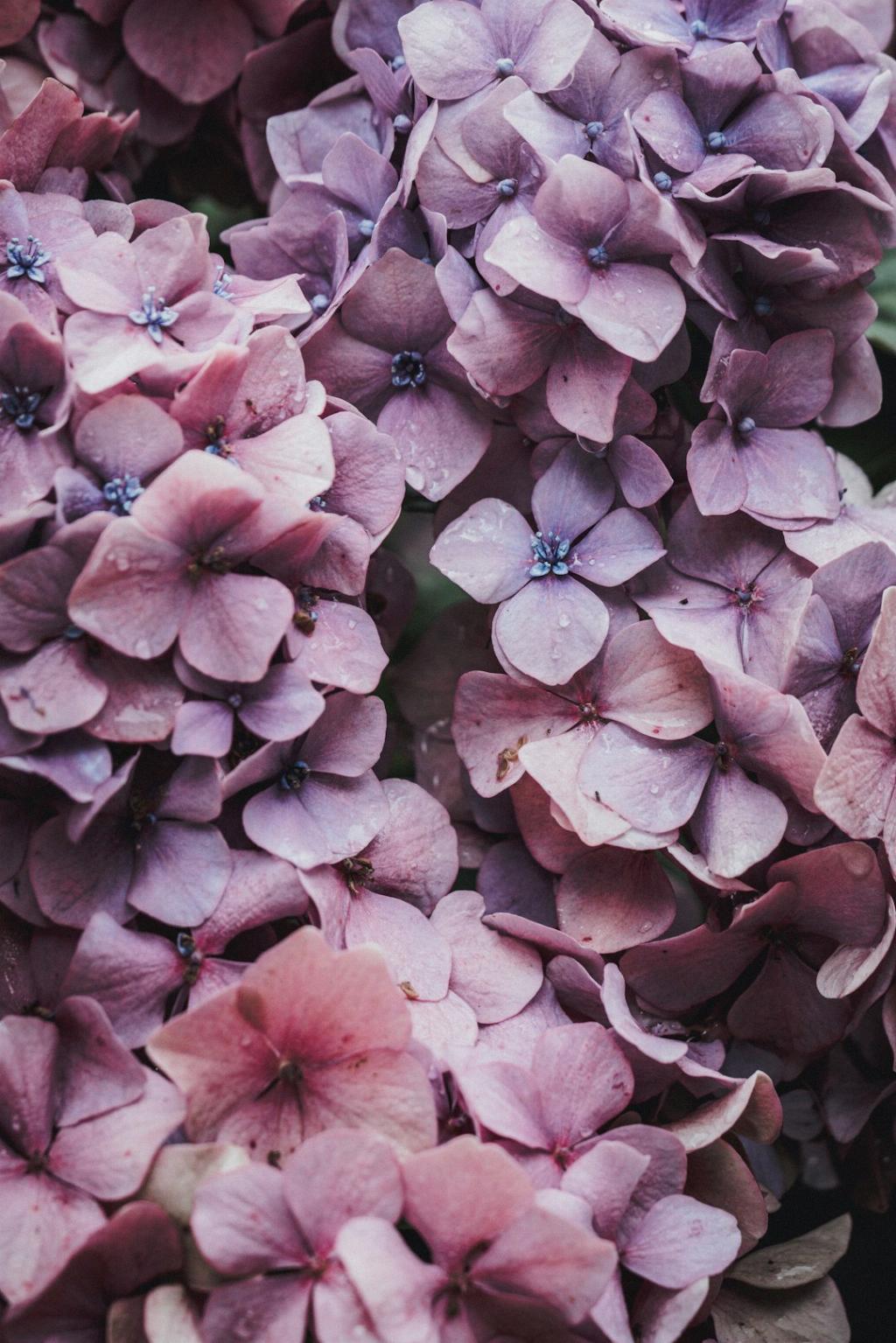Pruning lilac bushes is an essential task to maintain their health and promote optimal blooming. Knowing when to cut back lilac bushes can make a significant difference in the overall appearance and growth of these beautiful plants.
One of the most crucial factors to consider when deciding when to prune your lilac bushes is the timing in relation to their blooming cycle. The best time to prune lilac bushes is right after they have finished flowering. This is typically in late spring to early summer, depending on your local climate and the specific variety of lilac you have.
It is essential to wait until after the lilac has finished blooming to prune because doing so beforehand can result in cutting off potential flower buds and reducing the blooming potential for the following year. By waiting until after flowering, you allow the plant to complete its natural cycle and set new buds for the next season.
When pruning your lilac bushes, be sure to remove any dead or diseased wood, broken branches, or pest-infested canes. This will help improve air circulation within the bush, reducing the risk of fungal diseases and promoting overall plant health.
Another essential aspect of pruning lilac bushes is maintaining an appropriate number of healthy canes per bush. It is generally recommended to keep around 12 healthy canes on each lilac bush. This helps ensure that the plant has enough energy and resources to produce robust blooms.
While deadheading, which involves removing spent flower heads, can be beneficial for younger lilac bushes, it is typically not necessary for mature specimens. For mature plants, focusing on proper pruning and maintenance of the overall structure is more critical for long-term health and vitality.
Keep in mind that over-pruning lilac bushes can lead to reduced blooming and overall stress on the plant. Therefore, it is essential to strike a balance between pruning for health and aesthetics without overly stressing the lilac bush.
By following these guidelines and timing your pruning efforts correctly, you can help your lilac bushes thrive and produce beautiful blooms year after year. Proper pruning not only maintains the health of the plant but also enhances its appearance and overall longevity in your garden.
Remember to observe your lilac bushes throughout the year, noting any signs of disease, pest infestations, or structural issues that may require attention. Regular monitoring and maintenance can help prevent larger problems and ensure that your lilacs continue to bring joy and beauty to your outdoor space.
In conclusion, knowing when to cut back your lilac bushes is crucial for their overall health and blooming success. Waiting until after flowering, removing dead or diseased wood, and maintaining an appropriate number of healthy canes are key steps to keep your lilacs thriving year after year.

